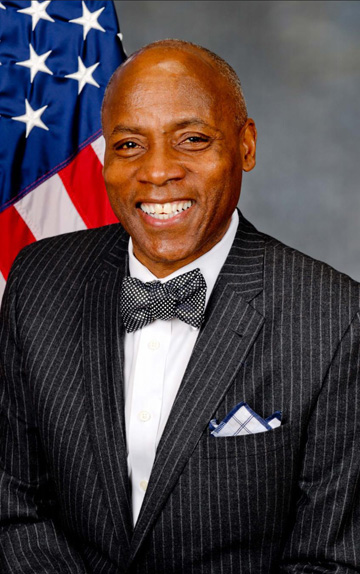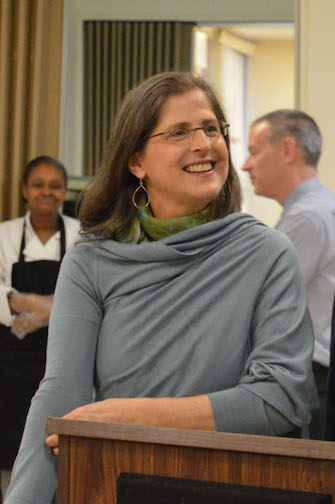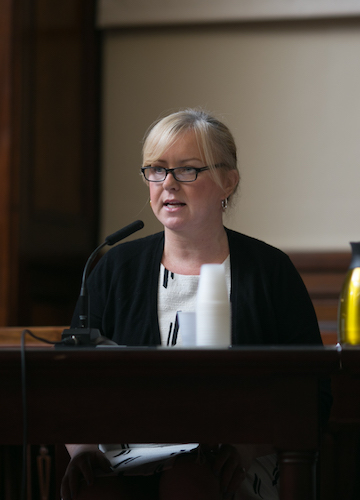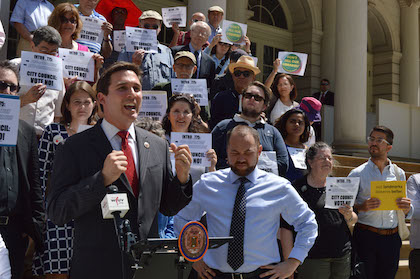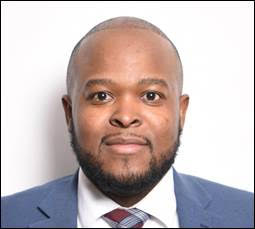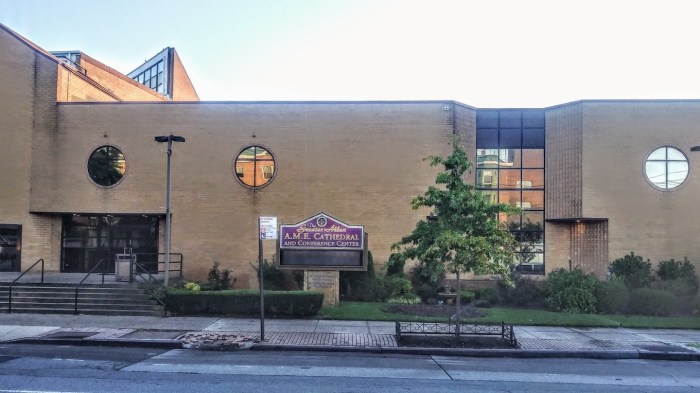One New York City Councilmember wants more answers on how the Department of Education will safely and fully reopen all public schools this fall now that the City will not offer a remote option for families.
On Monday, Mayor Bill de Blasio announced New York City public schools will fully reopen on Sept. 13 but will not offer a remote option like officials promised earlier this year. In a letter sent to public school families, Schools Chancellor Meisha Ross Porter outlined a number of health and safety protocols that will remain in place in schools once children, faculty, and staff return in the autumn including mask requirements and teacher, student and staff morning COVID-19 screenings.
But questions remain how the schools will be able to accommodate the city’s over 1.1 million public school students while still abiding by the Centers for Disease Control and Prevention’s recommended social distancing rules. This spring, the organization lowered the recommended distance k-12th grade students should sit from one another from six to three feet. And while the mayor assured families on Monday that schools would be able to accommodate all students, about 10% of schools might need to use space outside of the classroom to allow students to return to class five days a week while abiding by social distancing guidelines, Chalkbeat reported.
In response, Councilmember Mark Levine, chair of the City Council’s committee on health, released an eight-point plan to safely reopen schools which include making the three-foot spacing rule a goal instead of a requirement, offering on-site COVID-19 vaccinates for students, restart monthly school COVID-19 testing and offering a remote option for children with high-risk illness or suffering from emotional trauma due to the pandemic. The plan also requires public school teachers and staffers to be vaccinated before returning to school, improve school ventilation and make indoor mask-wearing optional for children if the city’s transmission rate falls below a yet-to-be-determined threshold.
“Parents and families need clarity starting today,” said Levine. “What will the classroom experience be like for students in September? Does New York City’s progress against the pandemic mean we can start to modify safety protocols? What safety measures must remain in place for the long term? The time to answer these questions is now, as families are making decisions on their children’s fall school enrollment.”
Here is the full proposed plan:
-
Make the 3ft spacing rule a goal but not a requirement – In crowded schools a strict 3ft spacing rule would require moving some students out of the building. It is better to avoid this by leaning into other safety measures outlined below.
-
Make mask wearing for kids optional for outdoor activities effective immediately.
-
Make mask wearing for kids optional indoors if the citywide disease rate falls below an established threshold – Example: if the infection rate the city falls to 1 case daily per 100 thousand residents.
-
Require testing based on the protocols enacted last fall – Implement a random sample conducted monthly in each school to get a snapshot of infections in the school population. The current program of weekly testing will not be practical for a system with potentially as many as 1 million students back in person.
-
Require classroom teachers to either get vaccinated or wear a medical-grade mask and get tested at least weekly – The City can consider mandating vaccination for all teachers after the FDA gives full approval of the vaccines for adults.
-
Offer vaccination on-site in schools for students aged 12 and over.
-
Further, improve ventilation in classrooms and common areas – Provide classrooms more air purifiers, upgraded filters, etc.
-
Allow a distance learning option during the coming school year for students who are medically high-risk or suffering from emotional trauma due to the pandemic – Distance learning students would not be enrolled in neighborhood schools, but instead would be in distance-only borough-wide academies. This would build on DOE’s long-standing program for home instruction for students who are medically high-risk.



![City Council Committee on Health Chair wants more answers to how school will look this fall 1 City Councilman Mark Levine [Photo provided by Jake Sporn]](https://www.amny.com/wp-content/uploads/2021/02/Levine-Health-Hearing-2-scaled-1.jpg?w=1200)
